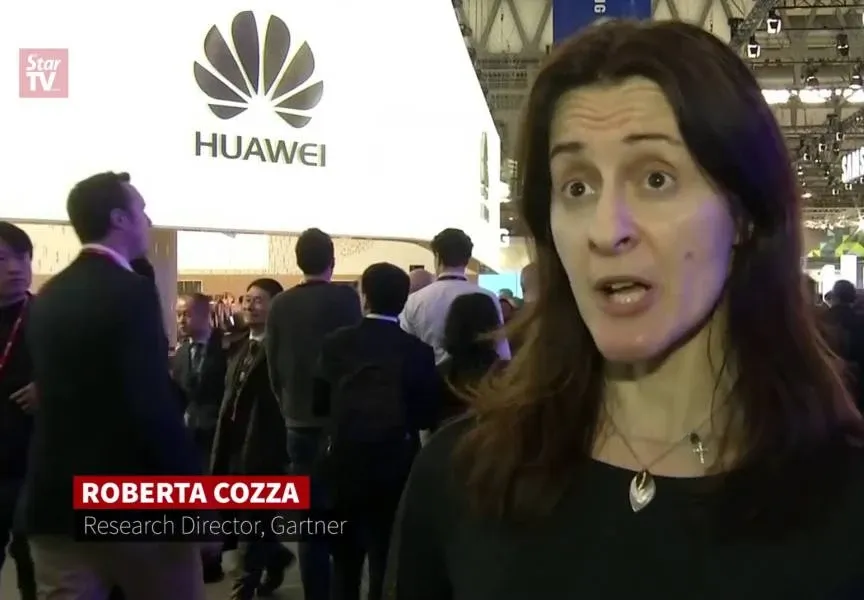Semiconductor Quarterly Revenue Surpasses $200 Billion
New research from Omdia shows that the semiconductor market delivered a record-breaking performance in 3Q25 with industry revenue reaching $216.3 billion, up 14.5% quarter-over-quarter (QoQ).

IFA 2017, Europe’s largest technology trade show is a chance for companies to exhibit their existing and upcoming products. Although wearables are among the most-hyped devices in the run-up to the event, adoption is still in the early adopter phase. Roberta Cozza, research director at Gartner, shared her views on what announcements she expects from device manufacturers, and what vendors need to do to stimulate the wearables market.
The top 10 Chinese smartphone vendors increased their share to nearly one-third of the market in the second quarter of 2017, from 26 percent a year ago. "Most of the growth is driven by China and emerging markets, said Cozza. Apple and Samsung saw their combined share remain flat in the second quarter of 2017, and we expect these top two leading vendors to engage in an intense battle at the high end of the market during the second half of 2017.
Samsung has fought back and witnessed solid demand for its Galaxy S8 models. At IFA 2017, they will bring recently launched Galaxy Note8 and new wearables, while Huawei will make announcements around the inclusion of AI capabilities into its devices. Smaller international vendors such as LG andSony are also expected to introduce new smartphones at IFA, but these brands continue to be challenged to stay competitive in such a dynamic smartphone marketplace.
Cozza stated that she expets smaller international vendors to also make developments in camera technologies as a differentiating factor. However, the battle will be tough as all major players and vendors embark on evolving their 3D camera technology, which will bring new capabilities in smartphones such as 3D imaging, AR applications and improved facial recognition capabilities.
The wearable device market is evolving. However, says Cozza, it is still a market in search of compelling use cases. Manufacturers of wristbands, smartwatches and head-mounted displays are currently struggling to show enough value to convince consumers to increase their purchases and use of these devices. At IFA, she expects continued efforts from large vendors to provide more compelling use cases. In particular, the smartwatch category has seen less adoption than anticipated and we expect smartwatch announcements at the show to pinpoint more specific use cases and feature new developments, specifically around fitness and health, to expand this category's appeal.
Moving forward, the ability of the smartwatch to create a collection of core capabilities that deliver unique value to the individual (when compared with wristbands) and allow more independence from the smartphone, will be a crucial driver for adoption. In 2016, Gartner's user survey revealed that two-thirds of individuals were not planning to buy a smartwatch due to a lack of perceived benefit and usability.
The integration of AI-driven services to enable smart fitness coaching, or virtual personal assistants as a key interface between the user, the wearable and the smartphone, will also be critical. The integration of AI into wearables will bring a new wave of ear-worn wearables that can, for example, manage users' overreliance on the smartphone screen.
"Another category of wearables, HMDs, will be present at the show with PC vendors showcasing their Windows 10-based HMDs, so we can expect more noise around the potential of specific use cases for VR and AR-based solutions and applications. While limited content and interest from a niche group of early gaming adopters is restricting the mainstream reach of virtual reality wearables, the AR HMD category is capturing greater interest and usability in several verticals and business areas. Smartphone AR is already shaping up to be the next platform battleground in 2018 with efforts like Apple’s ARKit and Google’s ARCore," concluded Cozza.